 These same reflections and austerity measures, optimization of resources and commitment to the future have been carried out within ALAS, with flattering results so far. At the end of January of this year, the second strategic planning meeting of the ALAS Board of Directors was held, in which important decisions were made for the future of the Association.
These same reflections and austerity measures, optimization of resources and commitment to the future have been carried out within ALAS, with flattering results so far. At the end of January of this year, the second strategic planning meeting of the ALAS Board of Directors was held, in which important decisions were made for the future of the Association.
- 1º Mr. Víctor Alarcón, who served as Director of Operations for five years and had been doing a good job that made him worthy of this promotion within the organization, was ratified as Executive Director of ALAS, and from here we congratulate him and we are sure that he will contribute to the growth of ALAS in the coming years in a significant way.
- 2º It was decided to hold in July of this year the FIRST BUSINESS SUMMIT OF WINGS, this as a need exposed by our partners to hold an event for Owners and Managers of Security Companies, where they can know the trends of the industry, as well as discuss the best practices, know the best experiences and successes of entrepreneurs in the region, that regardless of the crisis, they have emerged successful and strengthened.
In addition, the general lines of work for the next three years were ratified, presented by the President of the Board and in which, apart from the new training programs, an important activity will be developed to strengthen the partners in their daily management, with the incorporation of new and innovative management and training tools.
I hope that all of you will now begin to prepare for your participation in the ALAS Business Summit, given that for reasons of space and methodology the attendance quota will be limited.
Greetings
Luis González Nogales.
President ALAS
Verification of alarms at central and monitoring stations
Verification methods allow to reduce false dispatches
Fake dispatches continue to be the biggest problem facing Latin America's security sector. Training and the use of proper procedures are part of the solution.
By: Carlos Guzmán*
False dispatches are a problem both for the authorities of jurisdiction (police, carabineros and firefighters) and for the central stations, which have their own guards to respond to alarms.
These false dispatches are produced by the inability to verify the alarm signals or by the lack of adequate procedures and methods for it.
It should be remembered that a false alarm is one that produces a signal from a subscriber indicating an emergency when there is no such thing.
A false alarm is the result of a system that fires for no apparent reason or as a product of an error on the part of the user. At this point, only one signal has been transmitted and the police have not yet been dispatched.
A false dispatch is a request for a response that gives rise to an dispatch to a place where there is no emergency. This is the area that concerns response agencies. The number of "fake" or "unnecessary" dispatches ranges from 90% to 98%.
Analyzing these concepts it follows that not every false alarm leads to a false dispatch, because even when the alarm is received, it can be verified and determined if it is effective or not.
Another important aspect to apply verification methods is to understand what or who generates false alarms.
Numbers don't lie
In recent research conducted around the world, statistics yielded some results on the origin of false alarms.
From these investigations it is clear that the majority is due to errors on the part of the user, with 79%. Errors caused by weather and unknown causes are 16% and by equipment 5%.
The aforementioned factors have their origin in many aspects but I want to name the two main ones: sellers and installers.
Sellers can help reduce false alarms by taking three actions:
- Designing user-friendly systems.
- Installing the systems correctly by understanding the potential problems that can be caused by poor applications of the devices.
- Correctly training the user in the use of the system.
For their part, installers have a significant role in reducing false alarms and must:
- Know the standards that apply in the industry for the reduction of false alarms.
- Know the advantages and disadvantages of the devices and their correct application and installation.
- Follow the rules of wiring, power backup and other standards applicable to the systems.
This should be achieved primarily for both vendors, installers and business managers, as well as for personnel involved in alarm processing through training and training.
The first step to achieve this is to participate in the courses organized by ALAS such as the Alarm Technician Levels 1 and 2; it is also recommended to attend seminars and workshops given by manufacturers.
The solution already exists
If we analyze the above figures, the false dispatches of authorities and response personnel are from 90% to 98% and false alarms are caused by 79% of users.
If we apply a simple arithmetic operation we will notice that only 19% of false dispatches would be caused by factors such as weather, equipment and some unknown causes.
Looking at it this way, it would be easy to solve the problem by eliminating manipulation by the user but this is impossible, since it is necessary for teams and humans to interact.
The alarm industry is already 145 years old and has methods that can reduce these numbers of false dispatches.
This is achieved through alarm verification methods and procedures.
These methods are based on the premise that "not every false alarm is a false dispatch" because all or most can be verified in some way, as we mentioned above.
In addition, these methods are designed to meet common goals in the industry, such as:
• Significantly reduce the impact on the resources used for response.
• Improve the morale and safety of both public and private response personnel.
• Recover and reduce costs.
• Minimize the impact of false dispatches on responsible users.
• Minimize the administrative burden of localities and departments.
• Improve the behavior of the alarm company and its staff.
• Improve the user behavior of the alarm.
• Maintain confidence in the effectiveness of alarm systems used responsibly.
To understand these methods and procedures we must, first of all, define certain terms.
The following definitions were taken from the standard of "Alarm Verification and Notification Procedures" approved by ANSI (American National Standard) jointly with CSAA (Central Station Alarm Association) under the identifier: ANSI/CSAA CS-V-01-2004. XX (version July 16, 2004).
Alarm verification
Alarm verification is a generic name given to many techniques used for different purposes.
The first is to allow the identification of personnel authorized to properly manage the alarm system, so that emergency response agencies are not required to respond to situations that do not represent an emergency.
The second is to confirm or deny the validity of alarm signals received at a central or monitoring station. Two forms of verification can be employed: standard verification and optimized verification.
Standard verification consists of the attempt by the personnel of the alarm receiving station to verify an emergency that does not appear to exist in the monitored premises. This type of verification is done by means of a phone call, voice contact or other electronic means.
Optimized verification is the attempt by alarm receiving station personnel to verify urgency in the monitored premises, by means of deeper procedures, such as two or more verification calls, two-way audio or video, cross-zones, other means or a combination of all of the above.
Verification methods
Verification methods can be of five different types: electronic, verbal, video, cross-zoning, or biometrics.
Electronic verification consists of an electronic signal transmitted to the alarm receiving station that indicates to your person or your emergency response team that there is no emergency.
Verbal verification is a personal contact by telephone or audio conversation with an authorized owner of the property to give the verification code or with the authorized person in the protected premises to verify that there is no emergency.
Video verification consists of the electronic reception of an image or different images or the visualization of a protected area in the premises from where an alarm signal has been received, which allows the monitoring of station personnel observing the area that has an alarm to verify that there is an emergency situation or alternatively the emergency that does not seem to exist.
Cross-zoning verification involves the application of redundant sensing devices so that a motion detector or electric photo beam is paired with another device, such as another motion detector, an electric photo beam, or a door contact covering the same area. An alarm becomes effective when the detectors are activated in pair or in sequence.
Biometric verification, on the other hand, is the ability to verify the identity of authorized personnel on the premises through the use of detectors that use facial or body recognition, voice identification, hand geometry, fingerprint identification or other identification characteristics of biometric technology.
In future installments, we will expand information related to this topic.
*Carlos Guzmán is an ALAS instructor




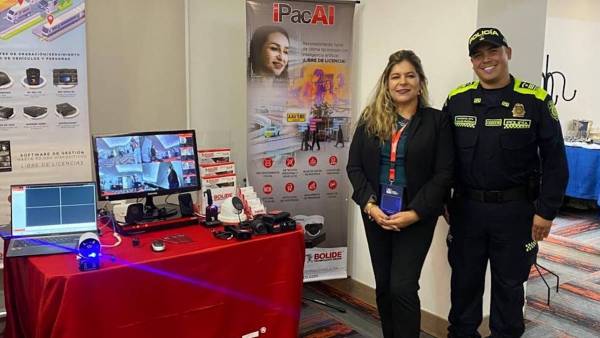
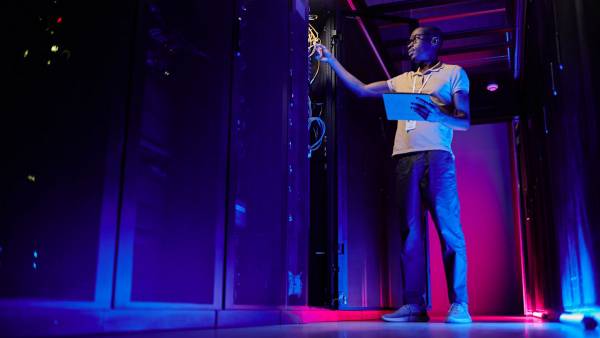
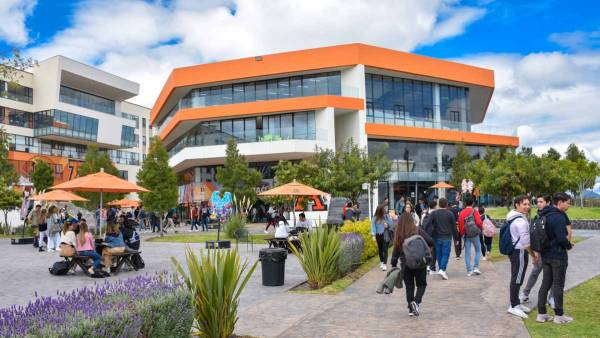

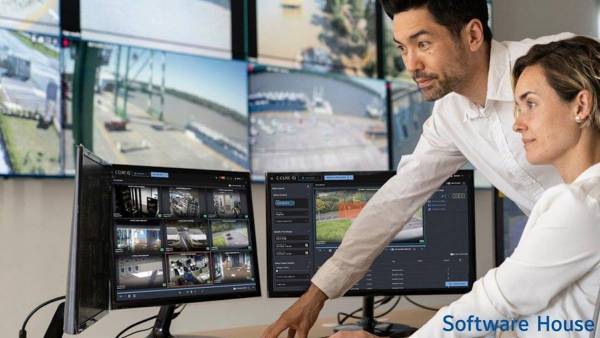
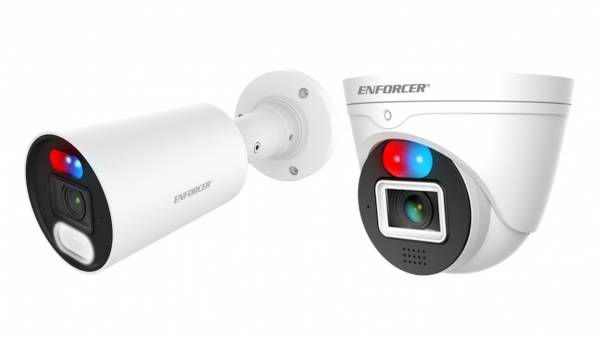



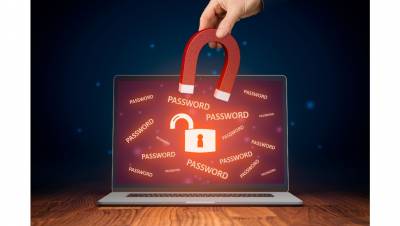










Leave your comment